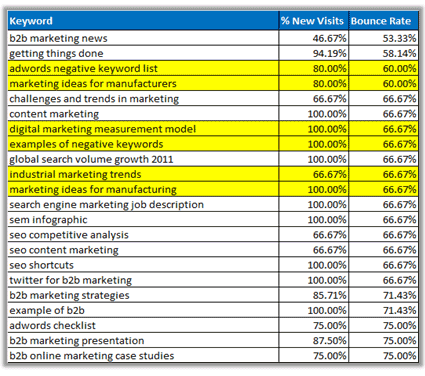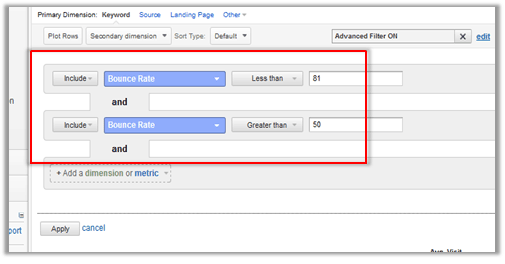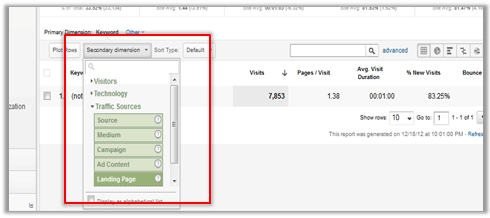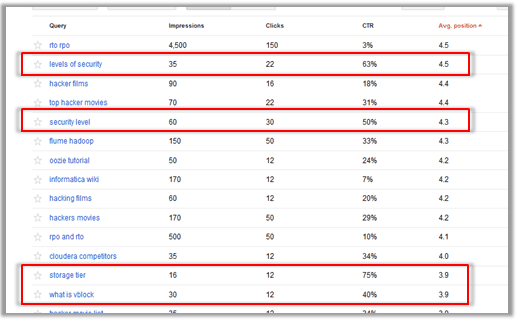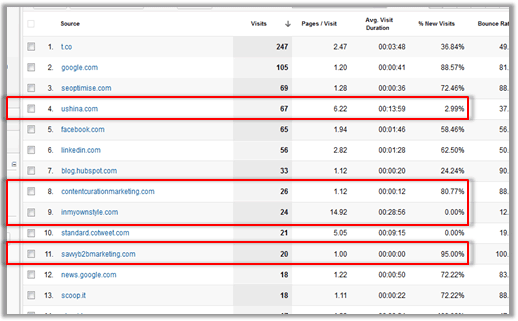How To Build A Better B2B SEO Strategy In 2013
It’s the last week of 2012. If you’re reading this column, you are forsaking at least a bit of much needed rest for some serious B2B SEO planning in 2013. For me, the few days ahead are about research, preparation, and getting milestones in place for client initiatives (and probably finishing one or two or […]
It’s the last week of 2012. If you’re reading this column, you are forsaking at least a bit of much needed rest for some serious B2B SEO planning in 2013. For me, the few days ahead are about research, preparation, and getting milestones in place for client initiatives (and probably finishing one or two or three outstanding commitments as well).
The tactics designed to support your B2B SEO plan most likely include content marketing, third-party link outreach, and social media development, as well as a few enhancements related to Web development. It’s one thing to know these are the important tactics to execute, but it is another to figure out where to find inspiration for execution.
Here are places within your own traffic reporting tools to look first, when crafting tactics for a B2B SEO strategy in 2013.
Keyword Referral Data
It seems obvious but is often overlooked; at least, the long-tail. What type of phrases are people searching with and clicking into your website? Did they stick around for a few pages but leave without fulfilling a particular goal(s)?
Keyword referral data unlocks better topics for blog content, SEO landing pages, and more comprehensive content marketing initiatives (white papers, viral marketing assets, etc).
In the above example, I am highlighting search phrases that people searched, found our website, and appeared to be of higher-quality, based on average visitor behavior. The topics behind these phrases might make better opportunities for further content development moving forward.
Getting a lot of irrelevant data? Use filters to restrict results based on certain performance criteria like maximum and minimum bounce rates or average visit duration. Here is a screenshot of how I used the filter in the previous example.
Visitor Activity In Coordination With Search Referral Data
Understanding the type of content searchers consume when accessing your website will hopefully uncover opportunities for building complementary or related material. Use keyword research tools to explore opportunities once potential assets are realized.
Unfortunately, you are going to have to do more digging to find this information. Select the Secondary Dimension, “Landing Page,” to see the webpages searches accessed when searching via encrypted search (see screenshot below).
Use filters similar to the ones above to restrict information based on performance criteria.
Google Webmaster Tools Search Queries
As “not provided” data associated to Google encrypted search becomes more prevalent, alternative resources, like the search query report in Google Webmaster Tools, need to be considered.
While I have never found this report accurate enough for setting client expectations, the data can be valuable for understanding the type of phrase searches used to find the site and an approximate search position where the site is typically found.
What I find interesting about this report are the keyword phrases which generate traffic but are in an average position “below the fold” (perhaps positions 3 and below). This could mean topics which resonate better than others and should be explored for alternative content ideas.
Third-Party Referral Reports
Building good content is one thing, finding the right audiences to share, like, and link to it is another. Referral reports in Google Analytics (or similar reporting tools) help B2B SEO’s understand why people link and mention your website and hopefully provide insight into how to gain additional exposure as well.
For this exercise, I recommend looking for domains that are not social media platforms first, since marketing in popular platforms can become a tactical strategy in and of itself. That said, don’t ignore social media sites that are sending large percentages of traffic organically. This recommendation is meant to find key targets for more direct outreach.
When reviewing third-party referral reports, look for referring sources that tend to drive a higher quality visitor (more page views per visit, lower bounce rates, etc). Go directly to each referring URL and check for:
- The objective of the reference
- Whether the link (or reference) is SEO friendly.
- Contact information for the author(s)
- Social media profile information for the author(s)
If the reference is positive, then it’s not a bad idea to leave a comment of thanks (if a blog post) or send a quick email if possible (holidays and gratitude are great reasons to send this communication).
Note: Google Webmaster Tools inbound link report is another easy way to get this information as well, coming at it from the site URL-specific direction.
Social Media List Development
Social media has become an essential asset for SEO. The key to a good social media program is in having the right network. Building professional relationships through social media platforms helps secure links, develops earned media, and generates broader visibility for content marketing assets. I recommend the following resources for researching key targets in your industry.
- A premium subscription to LinkedIn provides visibility to Twitter profile information of users beyond 2nd degree connections
- FollowerWonk, part of the SEOmoz set of SEO tools, is a critical tool for researching Twitter networks
- For researching journalists, USNPL offers a database of US newspapers, broken down by state and city/town
- PR News has compiled a directory of Twitter handles of PR agencies/consultants, corporations, nonprofit organizations, PR professionals and media, which can be valuable for looking for specific industry expertise
- The Rapportive plugin for Firefox or Chrome provides social media profile information of those you email, which in turn can be used to uncover important users in applicable social networks
Remember to build out specific lists of users to better understand interests and important trends in conversation. For almost all of the social media platforms, I build out lists of profiles that include:
- Breakouts of journalists, analysts, bloggers, publishers, communication professionals
- Parties interested in certain industry publications and resources (this seems to be a good way to segment Google+ circles, in particular)
- Customers, partners, and prospects
- Active and friendly profiles (those that tend to support our social media initiatives more frequently than others)
Building A Better B2B SEO Strategy In 2013
Quality content and a comprehensive list of third-party locations where the businesses’ target markets actively participate in are critical components to B2B SEO. Planning, research, and organization are important for executing these two initiatives effectively. Hopefully, these recommendations provide further direction for your B2B SEO strategy, but I would love to read your thoughts and perspectives via comments below.
Wishing you the best of success in the New Year!
Opinions expressed in this article are those of the guest author and not necessarily Search Engine Land. Staff authors are listed here.
Related stories
New on Search Engine Land
